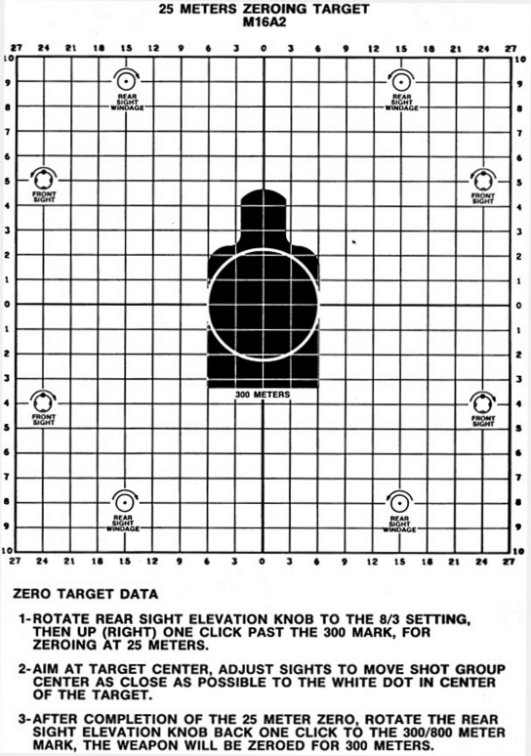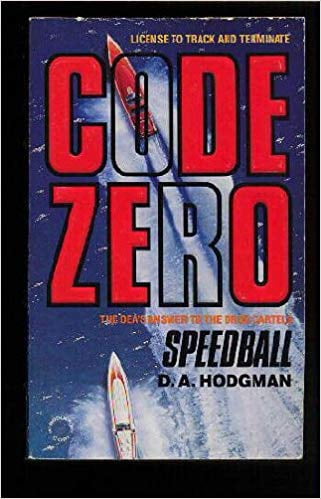


The three individual luff ‘lens’ groups are visible on this Code Zero – the combined effect being to allow the luff profile to project significantly to weather with no blowback of surplus material. This will disable most implicit function evaluations and should resolve the issue.Main picture: the Maxi72 Momo on the way to becoming 2017 world champion at the Maxi Worlds in Porto Cervo. If the previous solutions don't fix the issue, go to Tools > Options, and uncheck the setting Debugging > General > Enable property evaluation and other implicit function calls. Solution #2: Disable all implicit evaluation If you cannot modify this method, you may be able to break the target process at an alternate instruction and retry the evaluation. This can be useful if you have a method that needs to remain a property for API compatibility reasons, but it should really be a method.

Change the method to some other type of code besides a property getter or ToString method and the problem will go away.If you can modify this function, you can prevent the debugger from calling the property getter or ToString method. Debugging is possible when evaluating from the Immediate window because, unlike implicit evaluations from the Autos/Locals/Watch windows, the debugger breaks on unhandled exceptions. With the name of the function, you can try re-evaluating that function from the Immediate window to debug the evaluation. The error message will tell you the name of the function that the debugger tried to call. Solution #1: Prevent the debugger from calling the getter property or ToString method There are two possible solutions to this issue. The stack overflow exception cannot be recovered and the target process will terminate. One common reason for this problem is that when the debugger evaluates a property that calls itself, this may result in a stack overflow exception. If you encounter this error message, this has occurred.

As a result, a property getter or ToString method that executes code that either explicitly terminates the process (for example, calls ExitProcess()) or throws an unhandled exception that cannot be caught (for example, StackOverflowException) will terminate the debugged process and end the debug session. However, there are some circumstances in which exceptions cannot be caught because they cross kernel boundaries, require user message pumping, or are unrecoverable. In most scenarios, these functions complete successfully or throw exceptions that can be caught by the debugger. NET objects, the debugger will automatically force the debugged process to run additional code (typically property getter methods and ToString functions). To make it easier to inspect the state of.
Target code zero for mac#
Applies to: Visual Studio Visual Studio for Mac Visual Studio Codeįull message text: The target process exited with code 'code' while evaluating the function 'function'.


 0 kommentar(er)
0 kommentar(er)
